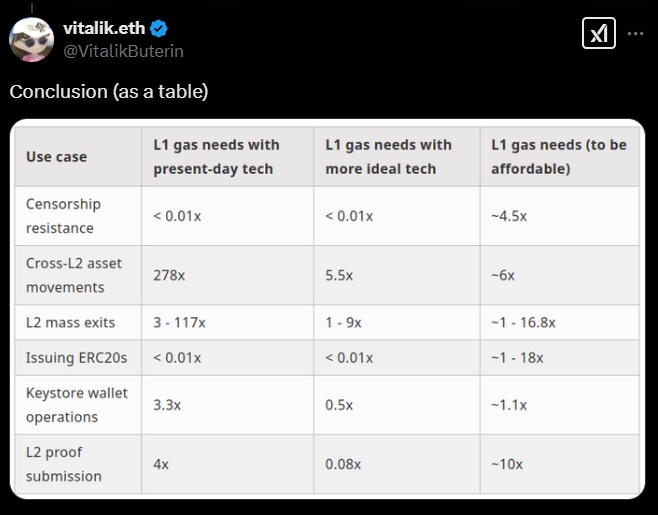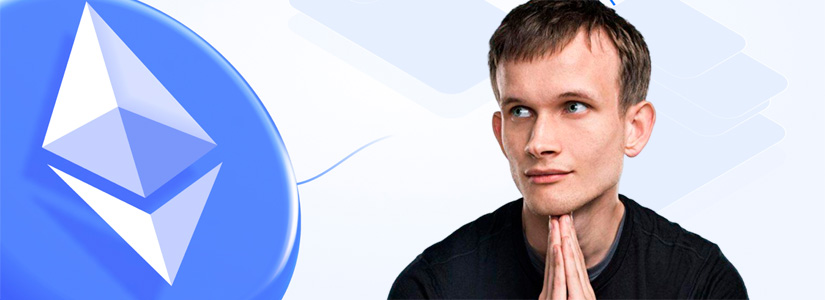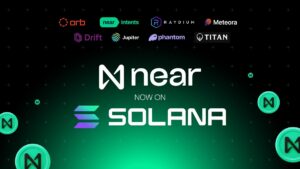TL;DR
- Vitalik Buterin proposes a new increase in Ethereum’s gas limit to improve censorship resistance, L2 interoperability, and blockchain security.
- Despite a recent increase to 36 million, Vitalik believes it is necessary to continue raising the gas limit to address issues such as congestion and decentralization.
- Vitalik emphasized the importance of maintaining a robust base layer network to avoid risks in case of L2 failures and suggests that Ethereum’s capacity should grow 5.5 times.
Vitalik Buterin, co-founder of Ethereum, has proposed a new increase in the network’s gas limit, arguing that this change is crucial for ensuring censorship resistance, improving interoperability between Layer 2 (L2) solutions, and strengthening blockchain security.
Although a recent increase raised the gas limit from 30 million to 36 million, Buterin argues that it is necessary to continue this process to address several issues that still persist on the platform.
Increasing the gas limit would allow more transactions per block, which could reduce congestion and improve network efficiency. However, this change would also accelerate the growth of Ethereum’s state, increasing the demand for running full nodes. If resource requirements become too high, fewer individuals may be able to operate their own nodes, potentially leading to greater reliance on centralized node providers and weakening the network’s decentralization.
But beyond the network’s capacity, Buterin emphasizes the importance of maintaining a robust base layer network that acts as a “safe zone” in case L2 solutions experience failures.
Currently, Ethereum’s capacity might be insufficient to handle large-scale mass withdrawals if an L2 with millions of users were to collapse, putting users at risk. According to Buterin’s calculations, Ethereum would need to scale several times over to efficiently handle these mass exits.
Buterin is Aware of Ethereum’s Limitations and Seeks Changes
Additionally, Ethereum’s co-founder highlighted the interoperability limitations between L2 solutions, as some low-volume assets and non-fungible tokens (NFTs) often need to be routed through Layer 1 (L1), which increases transaction costs. To address this issue, Buterin estimates that L1’s capacity should scale by about 5.5 times to reduce these costs and make transactions more affordable.
On the other hand, Buterin also expressed concerns about the security of ERC-20 tokens on L2, especially if an L2 undergoes a hostile governance upgrade. This could allow the minting of unlimited tokens, impacting the ecosystem as a whole. By keeping the issuance of these tokens on L1, projects can mitigate the risk of exploits by L2 platforms













